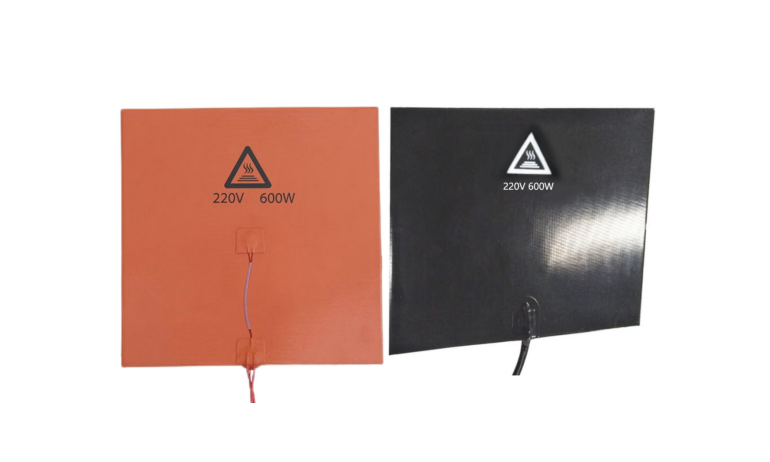
Does Your 3D Printer Need a Custom-Color Silicone Heater?
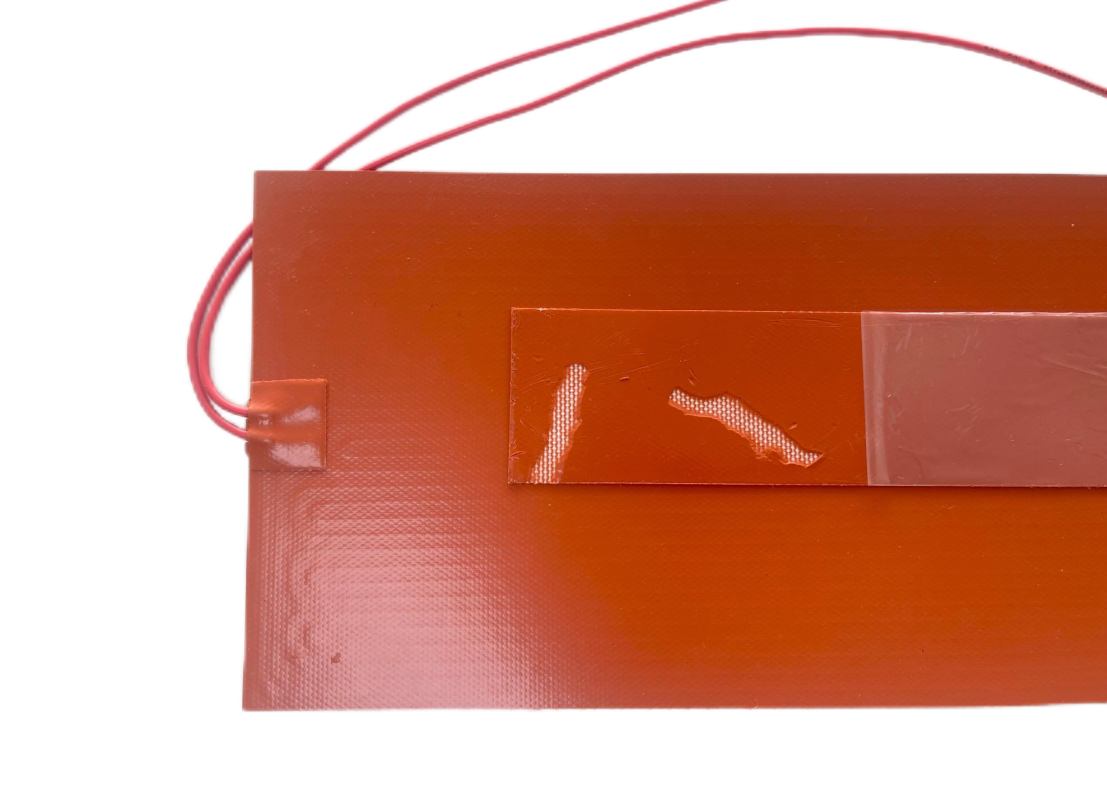
Do the Silicone Materials in Our Silicone Heaters Contain Fibers?
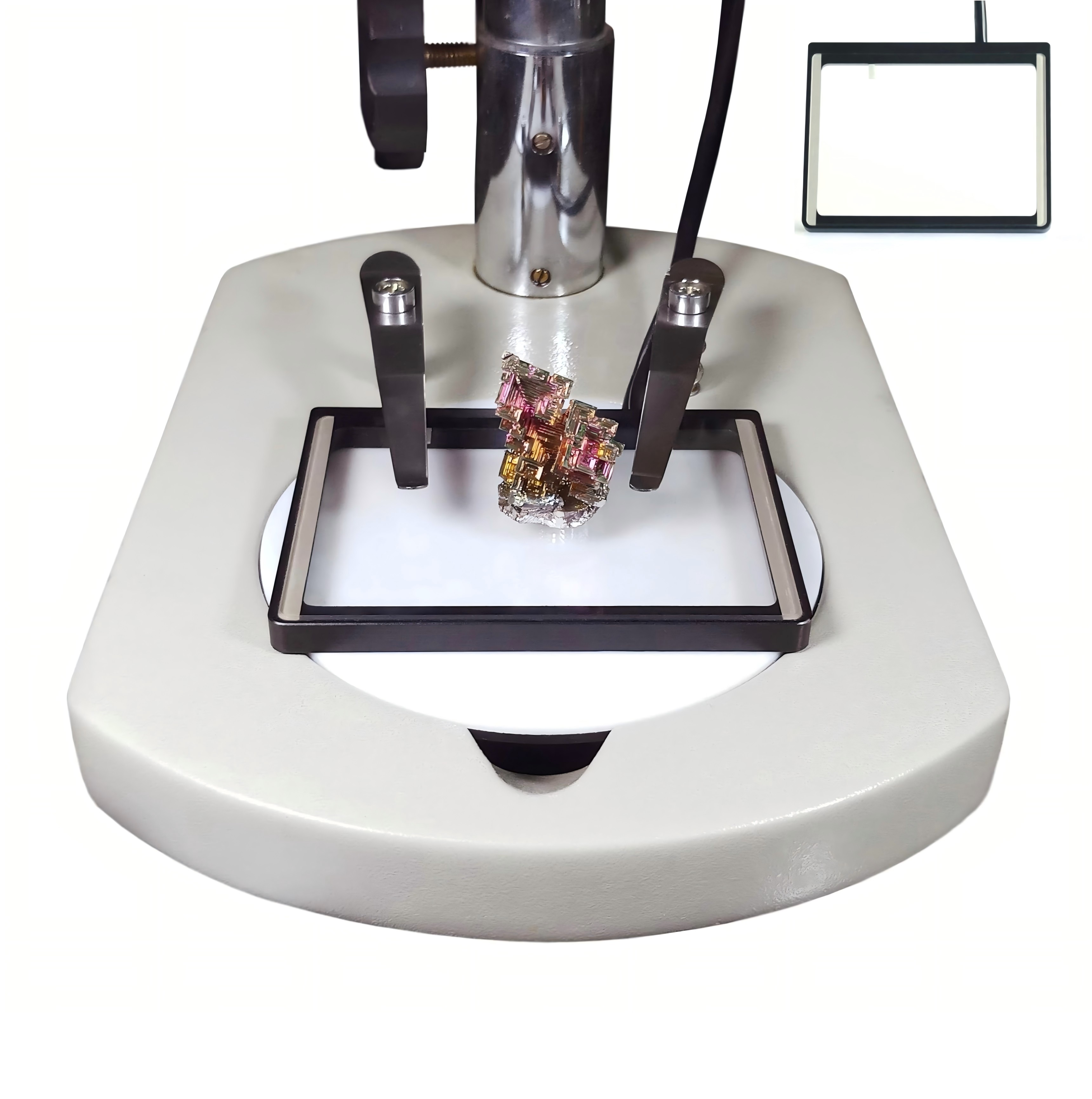
Understanding ITO Heater Thickness Impact on Resistance and Transparency
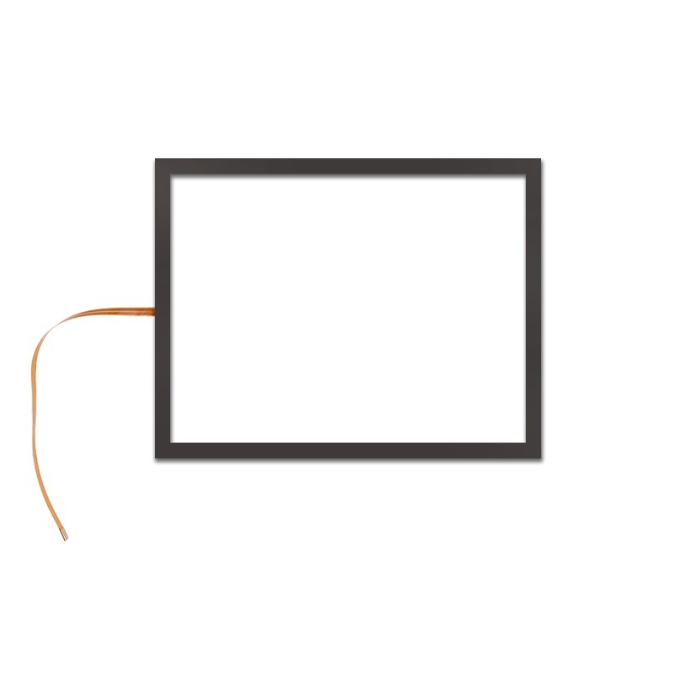
Transparent Heaters: Types, Sizes, Parameters, and Applications
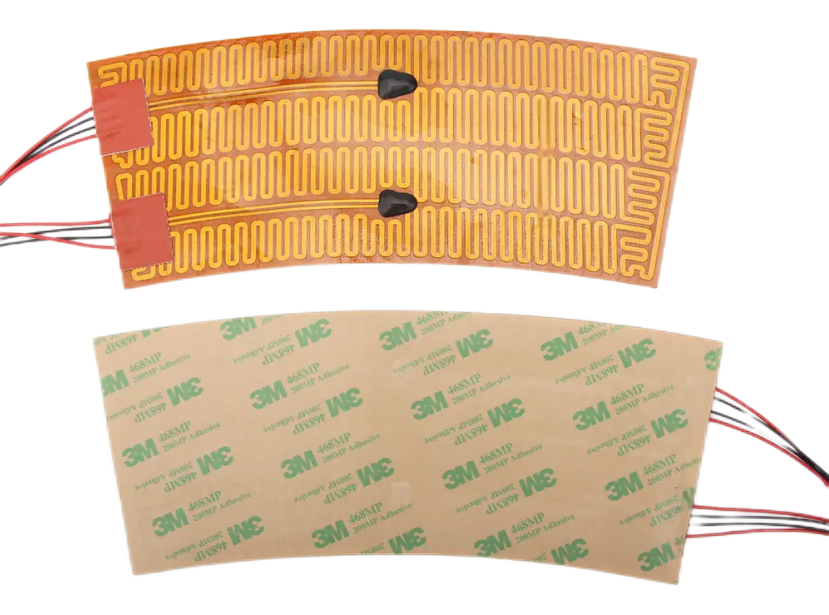
Polyimide Heater with PT100 Sensor for Precision Thermal Management
In our last Blog discussion on transparent heaters, we covered the basics of ITO and PET films, their sizes, and key parameters. Today, we’ll dive deeper into ITO heating films, specifically analyzing how film thickness influences sheet resistance, resistivity , and light transmittance —and why some clients prioritize sheet resistance in their specifications.
The table below shows how different ITO film thicknesses affect electrical and optical properties:
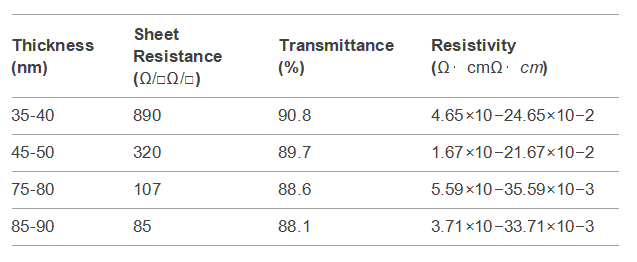
Thickness vs. Sheet Resistance
As thickness increases, sheet resistance decreases dramatically.
Example: A 35-40 nm film has ~890 Ω/□, while an 85-90 nm film drops to just 85 Ω/□.
Why? Thicker films provide more conductive pathways, reducing resistance.
Thickness vs. Resistivity
Resistivity (bulk property) also decreases with thickness but stabilizes as the film becomes more conductive.
Thinner films (<50 nm) have higher resistivity due to discontinuous electron flow.
Thickness vs. Transparency
Transmittance drops slightly (90.8% → 88.1%) as thickness increases.
Even at 85-90 nm, ITO retains excellent transparency (>88%), making it ideal for displays and touchscreens.
While all parameters matter, sheet resistance is often a critical specification because:
Lower sheet resistance = more uniform current distribution → even heat generation (crucial for defogging/defrosting applications).
Example: Automotive rear windows require ~50-100 Ω/□ for efficient heating.
Higher sheet resistance films need higher voltage to achieve the same heating effect, increasing power consumption.
Clients optimizing for low-power devices (e.g., wearables) may demand <100 Ω/□.
Sheet resistance directly impacts electrode patterning (e.g., in touchscreens).
High-resistance films may require complex busbar designs to reduce voltage drops.
While thicker films have lower resistance, they cost more (due to higher ITO material usage).
Clients balance sheet resistance vs. transmittance vs. budget (e.g., consumer displays often use ~50-150 Ω/□).

Practical Applications: Choosing the Right ITO Film
High-End Displays (OLED, LCD): 50-100 nm thickness (100-300 Ω/□, >88% transmittance).
Touch Panels: 30-50 nm (300-500 Ω/□) for flexibility and optical clarity.
Heating Films (Defogging): 75-90 nm (50-150 Ω/□) for low-voltage operation.
The thickness of ITO films plays a pivotal role in determining sheet resistance, resistivity, and transparency. Clients often prioritize low sheet resistance for uniform heating, power efficiency, and circuit compatibility—but must balance this with optical performance and cost.

We offer a wide variety of high-efficiency heaters and heating element.Such as polyimide/kapton heaters,silicone rubber heaters,PET transparent heaters, thick film heaters,PTC heaters, mica heaters,epoxy resin heaters and graphene heating film.